Table of content
White jade mushrooms (Hypsizygus marmoreus), also known as bunashimeji in Japanese cuisine, are prized for their delicate flavor, crisp texture, and striking appearance. These small, slender mushrooms with ivory-white caps and slender stems are a staple in Asian stir-fries, soups, and salads. However, achieving the ideal texture—tender yet slightly firm—requires precision in cooking time. This article delves into the science and art of cooking white jade mushrooms, exploring factors that influence cooking duration, preparation techniques, and creative culinary applications.
Understanding White Jade Mushrooms
Before diving into cooking times, it’s essential to appreciate the unique characteristics of white jade mushrooms. Unlike meaty portobellos or earthy shiitakes, these mushrooms have a mild, slightly sweet taste with a subtle nutty undertone. Their texture is crisp when raw but softens when cooked, making them versatile for various dishes. Nutritionally, they are low in calories but rich in fiber, vitamins (such as B vitamins and vitamin D), and minerals like potassium and selenium.
Key Factors Influencing Cooking Time
The duration required to cook white jade mushrooms depends on several variables:
- Size and Freshness: Smaller, younger mushrooms cook faster than larger, mature ones. Fresh mushrooms also retain more moisture, affecting cooking speed.
- Cooking Method: Boiling, stir-frying, sautéing, and simmering all yield different results. For example, boiling typically takes 5–7 minutes, while stir-frying may require 3–4 minutes over high heat.
- Desired Texture: Some recipes call for a tender bite, while others prefer a slightly crisp texture. Adjust cooking time accordingly.
- Altitude and Heat Source: High-altitude cooking may require longer times due to lower boiling points. Similarly, gas stoves versus electric ranges can impact heat distribution.
Cooking Methods and Recommended Times
Boiling/Simmering
Boiling is ideal for soups, stews, or blanching. To cook white jade mushrooms in boiling water:
- Steps:
- Rinse mushrooms under cold water to remove debris.
- Trim 1–2 mm from the base of the stems if they appear dry or discolored.
- Bring a pot of salted water to a rolling boil.
- Add mushrooms and stir gently.
- Cooking Time: 5–7 minutes. Test for doneness by piercing with a fork—they should yield slightly but retain some resistance.
- Pro Tip: Overcooking can make them mushy. Remove from heat just before they reach your desired texture, as residual heat will continue cooking.
Stir-Frying
Stir-frying preserves the mushrooms’ crispness while infusing them with aromatic flavors.

- Steps:
- Heat a wok or skillet over high heat.
- Add 1–2 tbsp of oil (sesame, peanut, or vegetable).
- Toss in sliced garlic, ginger, or chili flakes for 30 seconds.
- Add mushrooms and stir continuously.
- Cooking Time: 3–4 minutes. They should brown lightly and soften without wilting.
- Pro Tip: Avoid overcrowding the pan to prevent steaming. Cook in batches if necessary.
Sautéing
Sautéing in butter or olive oil enhances their natural sweetness.
- Steps:
- Melt 1 tbsp of butter in a skillet over medium heat.
- Add mushrooms and a pinch of salt.
- Stir occasionally to ensure even browning.
- Cooking Time: 4–6 minutes. They should turn golden-brown and tender.
Roasting
Roasting concentrates their flavor and adds a caramelized edge.
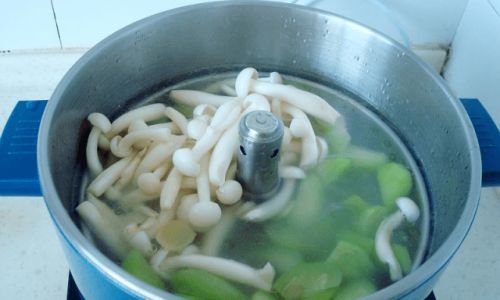
- Steps:
- Preheat oven to 400°F (200°C).
- Toss mushrooms with oil, salt, pepper, and herbs (e.g., thyme or rosemary).
- Spread on a baking sheet.
- Cooking Time: 10–12 minutes, flipping halfway. They should shrink slightly and develop crispy edges.
Signs of Doneness
- Texture: Cooked white jade mushrooms should be tender but not mushy. They should offer a slight resistance when bitten, similar to al dente pasta.
- Color: They retain their ivory hue but may develop a glossy sheen.
- Aroma: A mild, earthy scent intensifies when cooked.
Common Mistakes to Avoid
- Overcooking: Results in a slimy texture and loss of nutrients.
- Undercooking: Leaves a raw, woody taste and crunchiness.
- Skipping Prep: Failing to rinse or trim tough stem ends can introduce grit.
- Using High Heat for Too Long: Can burn delicate mushrooms instead of caramelizing them.
Creative Culinary Applications
White jade mushrooms’ versatility shines in diverse dishes:
- Soups: Add to miso soup or chicken broth 5 minutes before serving.
- Stir-Fries: Pair with vegetables like bell peppers, snap peas, and carrots.
- Pasta: Toss with spaghetti, garlic, olive oil, and Parmesan.
- Salads: Serve raw or lightly seared in a mixed green salad.
- Appetizers: Wrap in bacon or prosciutto and bake for a savory bite.
Nutritional Benefits of Perfectly Cooked Mushrooms
Cooking white jade mushrooms properly preserves their nutritional profile:
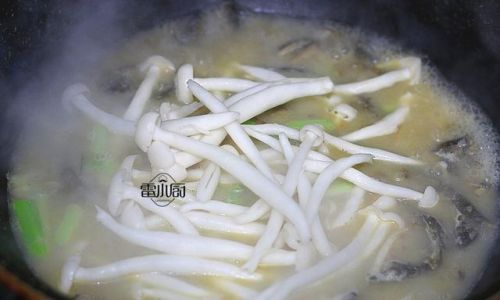
- Antioxidants: Cooking releases beta-glucans, compounds linked to immune support.
- Vitamin D: Exposure to heat may enhance bioavailability.
- Fiber: Aids digestion and promotes gut health.
Conclusion
Mastering the cooking time for white jade mushrooms elevates their culinary potential. Whether boiled, stir-fried, or roasted, these delicate fungi reward precision with a harmonious blend of texture and flavor. Experiment with cooking methods and pairings to discover your favorite preparation—just remember to keep a close eye on the clock to avoid overcooking. With practice, you’ll achieve perfectly tender, aromatic mushrooms that enhance any dish.
Final Tip: For meal prep, slightly undercook mushrooms and reheat gently to retain their texture. Now, grab your skillet, and let the culinary adventure begin!
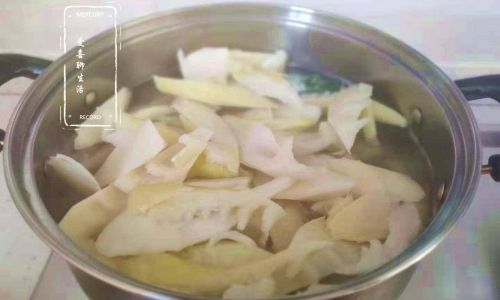
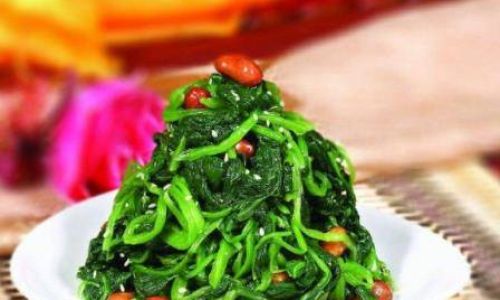
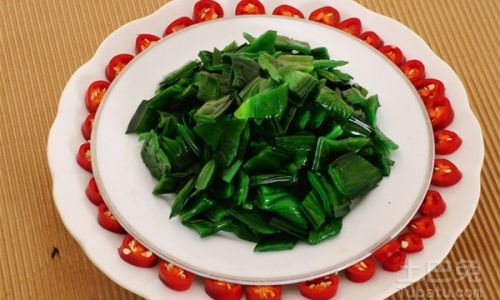
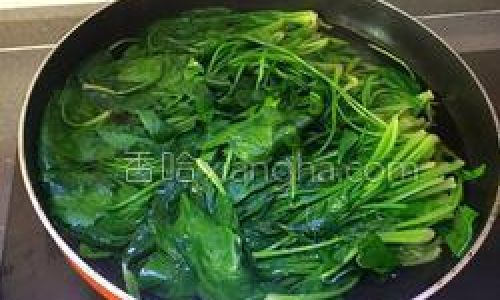
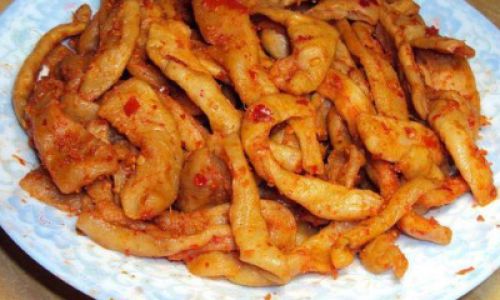
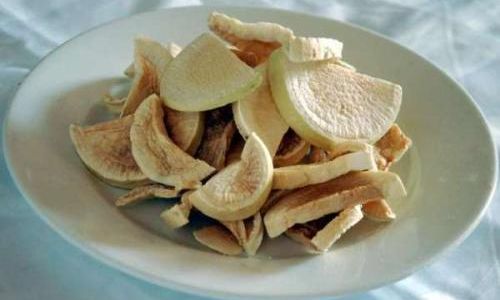
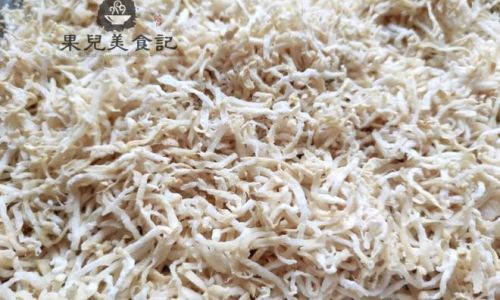
0 comments